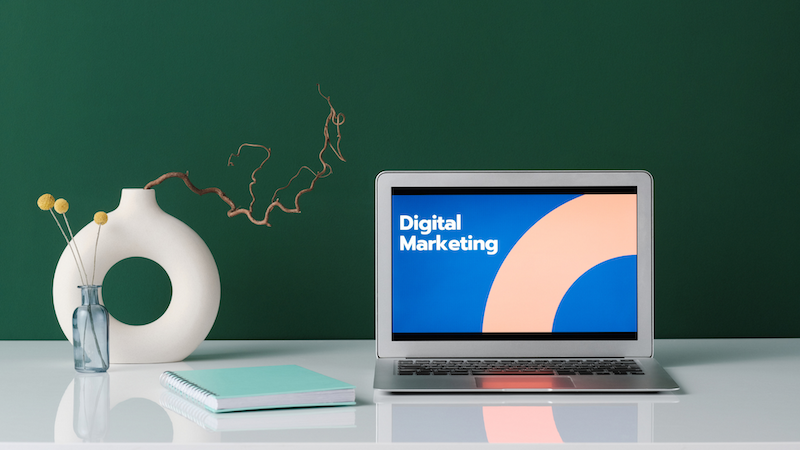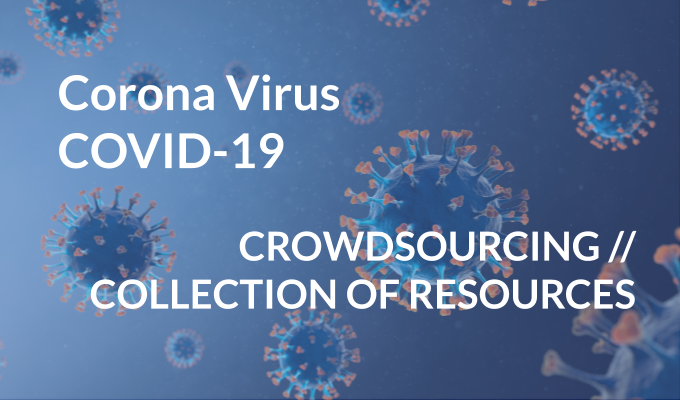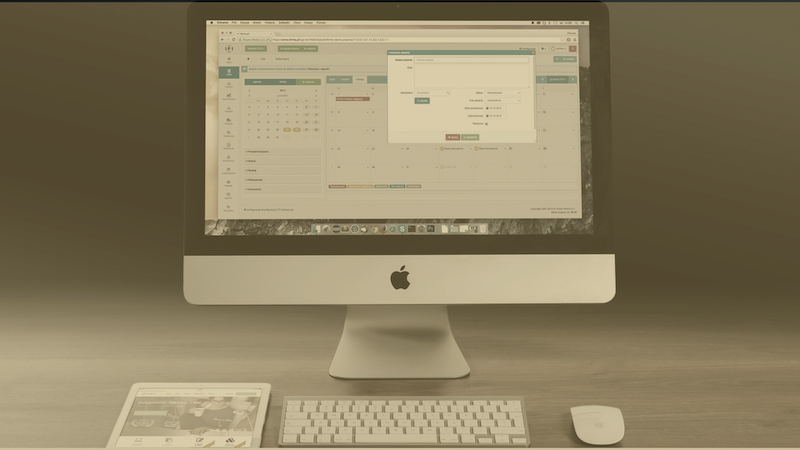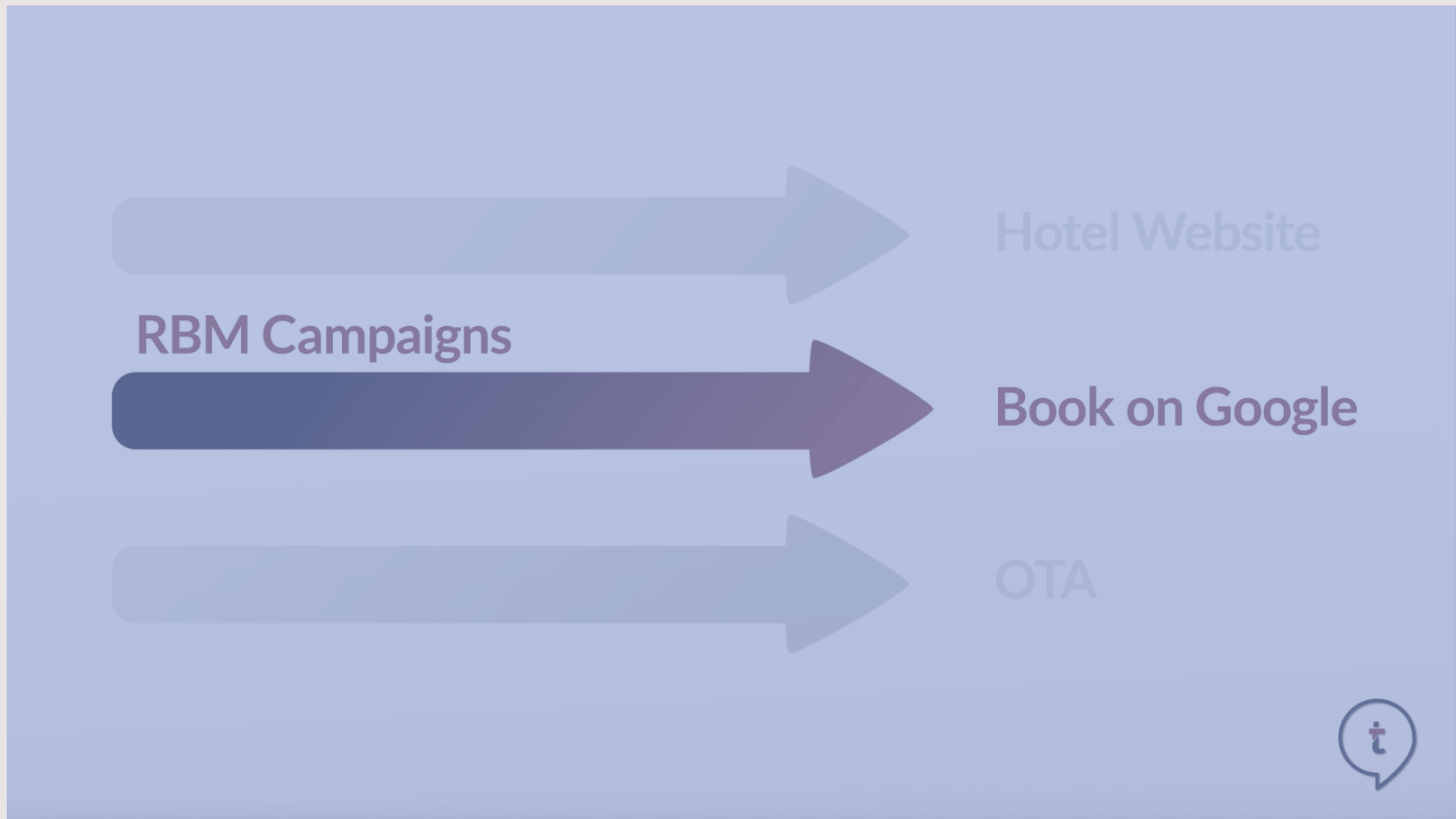Supercharge your hotel's digital marketing with your CRM data
Your hotel CRM isn’t only the hub for your guest-facing operations. It can also supercharge your hotel’s digital marketing by leveraging real-time guest data to shape your strategy.
A CRM-augmented marketing strategy offers three powerful benefits. First, you’ll earn more repeat bookings from your best guests. Second, you’ll optimise spending across channels by putting your ads in front of the highest-intent audiences. Finally, you’ll remain top-of-mind among those who may be travelling soon.
By embedding your CRM’s single source of truth into your digital marketing, you’ll drive direct bookings and repeat bookings and stay top of mind with travellers when travel fully rebounds. Here’s how to eliminate the guesswork in your marketing by automatically identifying your ideal audiences and continually growing your list of potential guests based on CRM data.
Organise your CRM
To supercharge your digital marketing, you’ll need a well-organized CRM that creates clarity, not confusion. It should be a single shared source of truth that accurately aggregates customer data so that you can use it to optimise efforts elsewhere. That said, none of that will work if your CRM is disorganised or full of bad data!
A successful CRM will have all of the following ingredients:
Consistency
The saying “garbage in, garbage out” is apt regarding CRM data management. Train your staff to enter data consistently to be as precise as possible. That way, your marketing strategy won’t be hobbled at the outset by poor data hygiene.
Guest origin
Knowing where your guests travel from helps you refine your marketing. For example, if you know a fare sale is going on from a specific origin to your destination, you could segment guests who live in that area with a “Fare alert, book now!” email.
Cross-property behaviour
Total Revenue Management focuses not just on the room booking but on each guest’s full spending potential. Ensure your CRM accurately tracks how a guest spends across the property. This is crucial information when personalising communications and segmenting your most valuable guests.
Well-defined tags
Tags drive segmentation. Avoid a free-for-all and strategically define a list of tags that align with how you may want to segment your guests for marketing purposes.
Code redemptions
Use custom codes and UTM parameters to track better which campaigns convert best.

Segment your data
Segmentation is the secret sauce for digital marketing. The better you are at refining your audiences, the better you can optimise your marketing’s tone, creativity and placement. Not to mention that you’ll be able to craft compelling offers that speak specifically to individual segments more effectively. The more relevant, the better!
We call proper segmentation “decoding the guestprint.” Each guestprint is a segment that combines past stay patterns (booking value, booking frequency, length of stay) with demographics and psychographics.
Then you can personalise communications based on four criteria:
- Relevancy
Is this message relevant to this guest segment? Does it resonate with their expectations, their mindset, and their psychographics? - Context
Is the message sent on the right channel? Does it provide both the context the guest expects -- and is it consumed in the correct context? - Tone
Does the message resonate? Is the tone both appropriate for the audience and the context in which the audience will consume it? Does it match what the segment expects from your brand? - Timing
If the message is relevant and in the correct context and appropriate tone, is it also at the right time? Does the message align with what the guest expects to receive from your brand at that particular moment?
While every property is different, here are some key segments to target:
Very best guests
These are your most profitable guests. They may not necessarily stay the most nights, but they are less price-sensitive and likely to spend more on property. The best guests segment’s goal is twofold: get these guests to return as often as possible and find more guests like them.
Frequent guests
This is one of your best segments. They put heads in beds and give you the foundation for profitable operations. While these guests may be a mix of premium and price-sensitive, the objective is to get them to return (even) more often.
Past guests
This is a fairly broad audience that does best when segmented further. Even so, these guests have already experienced your hotel and are thus a bit easier to sell to. You’ll want to find ways to entice a return visit!
Nearby guests
During the pandemic, locals and drive markets bolstered hotel demand. Now, as restrictions ease, this group remains high-potential. There’s a new appetite for staycations and experiences within driving distance, which will not soon disappear. Target these guests via a dedicated segment so you can experiment with various marketing campaigns.
Business travelers
As business travel slowly resumes, it will be every marketer’s challenge to capture their share. Having a ready-made segment of business travellers means that you can share business-specific messaging around sanitation protocols and “work from hotel” options.
Of course, if your CRM is set up correctly, you’ll be able to segment based on specific tags and demographics, such as a guest’s home city, region, or country.
Set up marketing automation
While CRMs are mainly used for managing guest data and group sales pipelines, they hit their stride when enhanced with marketing automation. These automated workflows help you quickly create, run and test marketing campaigns by reducing manual workloads and giving your team superpowers.
There are two primary types of marketing automation: Workflow automation and campaign automation. Both work like a series of “if/then” statements: “if trigger(s) then action(s).” So you can ensure that every new reservation in your booking engine is automatically added to your “Past Guests” audience on Facebook, an example of a workflow automation.
A campaign automation would automatically create targeted lists on past guest spending behaviour or other declared preferences. With that tactic, you could make an automation that delivers dynamic creative to specific campaigns so that spa enthusiasts see wellness-related creative. In contrast, city weekenders see something focused on weekend getaways.
Another essential campaign automation is OTA winbacks. These are powerful loyalty drivers and can easily be automated. Send each OTA booker a post-stay email with the thank you and an invitation to return at a discounted “book direct rate.” In many instances, OTAs won’t share guest information. Even so, train the front desk to be a part of the “automation” and make the verbal offer, including a printed card with a dedicated discount code for campaign tracking.

Leverage lookalike audiences
Once you’ve set up your marketing automations to pull past guests into your chosen marketing platforms, you can use this data periodically to create lookalike audiences. These are groups of potential guests that have similar characteristics to your past guests. These travellers are the most likely to book based on their demographics, psychographics, and similarities to your best guests.
A corollary benefit of using lookalikes is that you may identify a new segment that’s similar but not identical to your most frequent guests. The result is that you’ve expanded your horizons - and created a new bucket of potential guests to target with your other digital marketing initiatives.
Once you’ve mastered lookalikes, refine the messaging for these new audiences via methodical A/B testing. Test different versions of creative, copy, and offers to see which combinations of image, headline, description, placement, and call-to-action perform best. You’ll optimise your marketing spend and reduce waste by matching messaging to segment.
Develop dynamic campaigns
The beauty of augmenting your digital marketing with CRM data is that you can develop dynamic campaigns that adjust based on various parameters. These campaigns will personalise offers, convert better and make for a better guest experience, as guests aren’t sent irrelevant offers.
Your CRM’s guest data can supercharge three core dynamic campaigns:
Upsell campaigns
Each guest communication is an opportunity to offer a targeted upsell based on a guest’s declared preferences and past behaviour. If you know a guest often books a spa treatment during their stay, why mention booking a tee time in their pre-arrival email? It’s a missed opportunity for an upsell, making the guest dismiss the irrelevant offer. Also, be sure to leverage what you know about your guests to dynamically adjust tone, timing and messaging to promote the ideal upsells and ancillaries at the right time and on the best channel.
Social media
In addition to upsells, use dynamic content to speak to both past and potential guests on social media. Consider adding a Facebook product catalogue, which is a powerful dynamic demand generator. These catalogues allow you to build social media marketing campaigns that dynamically insert copy, images, and prices based on each user’s demographics, psychographics, and past behaviour, such as retargeting website visitors with the exact contents of their abandoned carts. The catalogue can be uploaded in various languages and used on Facebook’s websites, significantly expanding its reach and efficacy.
Retargeting
Abandoned carts aren’t always a sign that the guest has given up. Perhaps they got distracted or are still considering the stay. Insofar as you can within your local laws and platform rules’ parameters, find ways to automate dynamic campaigns that re-engage potential lost guests. These could be paired with hyper-targeted offers that entice them to book via an automated email. Campaigns should match your brand voice: For a cheeky, trendy property, a subject line could be: “Was it something we said?” And then offers a sweetener to close the deal: “Enjoy a welcome cocktail on us if you book within the next 24 hours.” Include a timer as a finishing touch, and now you’ve got urgency and dynamic targeting, all automated!
Keep in mind that Apple’s privacy-focused iOS 14 has changed many of your dynamic retargeting and user tracking options. While these changes are undoubtedly impactful, they emphasise the urgency of focusing on first-party data for your hotel’s marketing.
Capture more non-room revenue
Especially after the frightful year we’ve all had, it’s imperative to capture more non-room revenue. It’s no longer enough just to book room revenue and expect guests to spend money on property. Every time guests open their devices while travelling, they’re inundated with options, both organic and paid. You need to get your digital marketing messaging in front of your guests, too, so that you remain competitive.
Your CRM can help you earn more non-room revenue by identifying guests with strong on-property spending patterns so that you can personalise communications. It’s not necessarily to offer discounts, upsells, or other promotions -- although those could work if the goal is to get a high-value guest on-property by providing a deep room discount (such as at a casino hotel).
There are other ways to use your CRM data to incentivise spending behaviour: the best being dynamic content that highlights specific things that may interest the guest:
- For a foodie, the pre-arrival email and on-property communications should focus on what’s new in the restaurant (and perhaps even promote a chef meet-and-greet for the most valuable guests).
- For golfers, it’s tips on improving the golf game (and priority tee times).
- For spa lovers, include wellness tips that they can try at home, shared by their favourite facialist (with a link to book).
You get the idea. It certainly adds another dimension to your marketing operations, but once the work is done to create content for each segment, the outreach can be automated. So it’s front-loaded -- and keeps delivering dividends long after the email copy has been written.
Analyse your CRM data
When properly implemented (and consistently updated), your CRM is a trove of insights. You’ll be able to learn which marketing campaigns had the best results - especially regarding the total lifetime value of guests. By identifying the pathways that result in your most lucrative guests, you can simply replicate those touchpoints to find more valuable guests.
The journey from lead to guest to loyal guest won’t be a singular one; dive into your CRM guest profiles to define the most profitable pathways - and then orient your marketing initiatives to signpost those paths for more guests. Combined with tags on your website (such as Floodlight Tags), you can really dial into replicating the journeys of your best guests.

Unleash the AI
When optimising across all phases of the guest journey, the most successful marketing is relevant and contextual. With an AI-powered CRM, you can deliver relevant, personalised messages based on each channel’s context of each channel. This “right message, right time, right channel” approach means that you spend less and get better results.
Relevant offers, delivered at the right time in the ideal channel, perform far better than mass marketing messaging without any context. But that personalisation at scale is impossible to accomplish manually. There are simply not enough hours in the day to create micro-segments, brainstorm messages, create graphics, and then monitor the resulting experiments. AI liberates hotel marketers to be bolder, experiment more often, and amplify what works best, all without handling every last detail manually.
Bringing it all together
Your CRM is not just a resource for the front desk. It’s a value-generating asset for marketing. As the business world shifts towards first-party data, which is data generated from your own business and not paid, rented, or otherwise owned by another entity, your guest data is pivotal.
Put your CRM’s rich guest profiles at the centre of your marketing efforts and experiment with different combinations of segment, copy, creative, offer, message, channel, and ad format. Then automate what works. Do this enough times, and you’ll have marketing momentum that drives conversions and ultimately keeps your hotel full of the most profitable guests!

Vice President of Digital Marketing & Analytics
Tina Markowitz, Vice President of Digital Marketing Media & Analytics, oversees the data-driven digital strategy of Cendyn’s hospitality customers. Tina provides clients with both holistic and innovative digital planning to achieve business goals and deliver results. With over 10 years in integrated digital marketing leadership positions, Tina previously held positions at Zimmerman Advertising, with former roles at SapientNitro, Media Storm and Time, Inc.
Cendyn in a Member at techtalk.travel





![V03: The History of Hotel & Travel Technology | [Updated] Infographic](https://www.techtalk.travel/storage/app/uploads/public/63f/e6f/ec8/63fe6fec80447817849943.jpg)



Create an account to access the content.
Get access to Articles, Video's, Podcasts, Think Tanks, Infographics and more.
Click “Sign In” to accept our
Terms of Service Privacy Policy